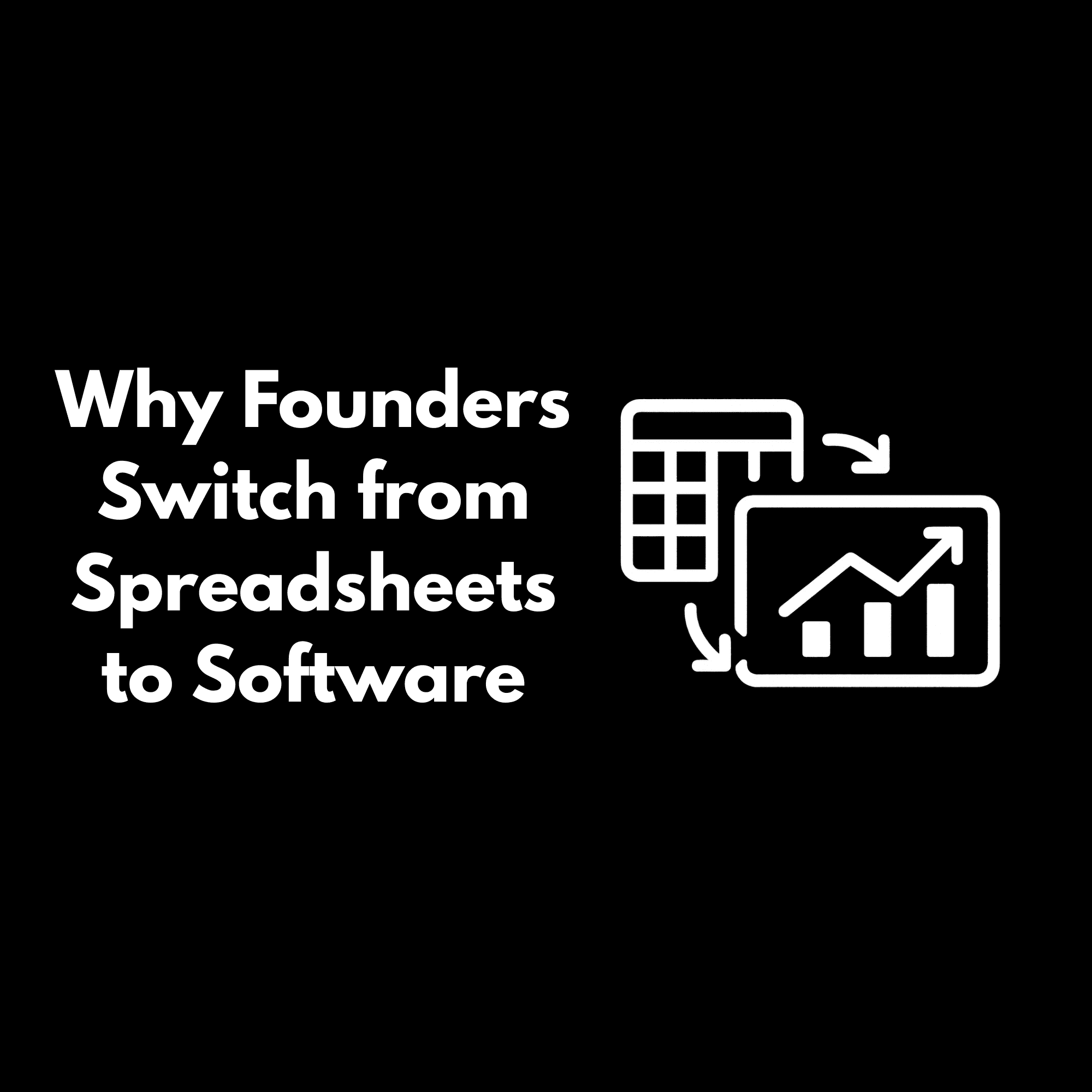Blog
Finance Advice
How to Choose an FP&A Platform That Scales with Your Startup
Learn how to choose an FP&A platform that fits your startup’s stage and growth goals. Compare pricing, evaluate vendors, and see how Parallel’s real-time scenario modeling helps founders plan smarter and scale faster.

Renato Villanueva
CEO & Cofounder
Oct 8, 2025
Compare Pricing, Evaluate Vendors, and Model Scenarios with the Right FP&A Platform
Choosing an FP&A (Financial Planning & Analysis) platform is one of the most important operational decisions an early-stage startup can make. The right tool helps you plan for growth, navigate uncertainty, and give investors the clarity they expect.
But with so many options on the market, it can be hard to know where to start. Should you focus on price? Features? Integrations? Or the ability to model multiple scenarios?
In this post, we’ll walk through how founders should evaluate FP&A platforms based on pricing, vendor fit, and scenario modeling capabilities, and why Parallel is built to handle all three.
1. Start with Pricing that Fits Early-Stage Budgets
Founders often assume financial tools are too expensive for small teams, and they’re not wrong. Many enterprise FP&A platforms were built for Fortune 500 companies, not 5-person startups.
When evaluating pricing, look for:
Low implementation costs: You shouldn’t need a consultant to set up your forecast
Scalability: Make sure you can start small and expand as you grow, rather than committing to enterprise-level pricing up front
Parallel’s pricing is designed for founders. You get CFO-level insight without CFO-level costs, making professional-grade forecasting accessible from day one.
2. Evaluate Vendors for Fit, Not Flash
Many FP&A platforms have impressive feature lists, but not all of them are built for early-stage companies. Instead of getting dazzled by dashboards, evaluate vendors on three key things:
Speed to value: How quickly can you set up your model and get insights?
Ease of use: Can non-finance founders navigate the tool without help?
Support quality: Does the vendor provide guidance, not just software?
If you’re a startup, look for partners that understand your stage and challenges. A good FP&A tool should act like a fractional CFO, helping you plan and make better decisions.
3. Prioritize Scenario Modeling for Smarter Decisions
Scenario modeling is where great FP&A tools shine. Startups live in uncertainty. The ability to test “what if” questions quickly can be the difference between running out of cash and raising your next round.
Ask these questions when evaluating tools:
Can you adjust hiring, revenue, or fundraising timelines and see the impact instantly?
Does the model update automatically as your actuals change?
Can you export scenario summaries for your board or investors in minutes?
Spreadsheets can’t handle this kind of agility. Real-time scenario modeling lets you plan for multiple futures at once. That’s how confident founders stay ahead.
Parallel’s scenario engine updates automatically as new data comes in. Whether you want to test fundraising delays or accelerate hiring, Parallel shows the financial impact instantly, helping you make faster, better decisions.
4. Why Parallel Is the FP&A Platform Built for Founders
Most FP&A tools are built for analysts. Parallel was built for founders.
Here’s what makes it different:
Real-time updates: Forecasts stay accurate automatically as revenue or expenses shift
Instant reports: Generate board-ready decks in seconds, not hours
Built-in intelligence: Parallel’s AI surfaces risks and opportunities you might miss
Founder-first pricing: Affordable, transparent, and built to scale with your company
With Parallel, you lead with confidence.
Pick a Partner, Not Just a Platform
As your startup grows, your financial tools should evolve with you. The best FP&A platform won’t just show you where your money is going, it’ll help you see what’s next.
Parallel gives you the clarity to make bold, informed decisions without the burden of manual spreadsheets or overpriced enterprise tools.
Try Parallel and start forecasting smarter today.
FAQs
What is an FP&A platform and why do startups need one?
An FP&A (Financial Planning and Analysis) platform helps startups manage budgeting, forecasting, and scenario planning in one place. It provides real-time visibility into cash flow and performance so founders can make data-driven decisions without relying on complex spreadsheets.
What should startups look for when evaluating FP&A vendors?
Focus on speed, ease of use, and scalability. The best FP&A platforms for startups offer quick setup, intuitive interfaces, strong customer support, and pricing that fits early-stage budgets while growing with your company.
How does pricing differ across FP&A platforms?
Enterprise FP&A tools often come with high setup fees and long contracts. Startup-focused platforms like Parallel provide transparent, flexible pricing designed to deliver CFO-level insights without enterprise-level costs.
Why is scenario modeling important when choosing an FP&A tool?
Scenario modeling helps founders test “what if” cases (changing hiring timelines or shifting revenue assumptions) to see how those decisions affect runway and growth. It turns financial planning into a proactive strategy instead of a reactive exercise.
How does Parallel stand out from other FP&A platforms?
Parallel is built specifically for founders. It delivers real-time updates, instant reports, and AI-driven scenario modeling so you can plan smarter, fundraise faster, and scale with confidence.

Renato Villanueva
CEO & Cofounder



